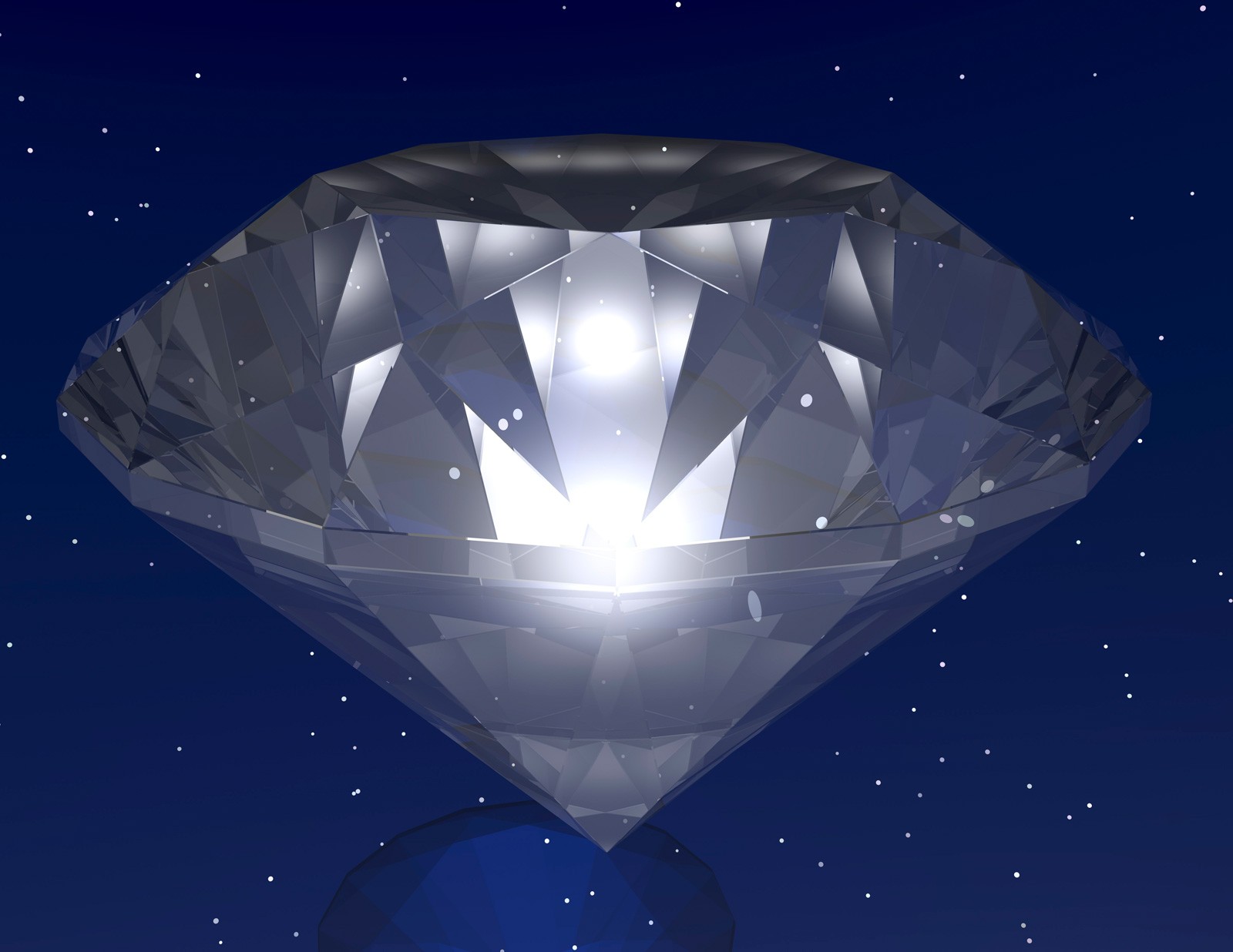Historical and Cultural Significance

Diamonds meaning – Diamonds have a rich and captivating history, spanning millennia and transcending cultural boundaries. Their allure has captivated civilizations since their discovery, and they have played a pivotal role in shaping human history, beliefs, and social structures.
Diamonds, with their brilliance and durability, have long symbolized eternity and strength. In the glittering world of a casino pit , they take on a different meaning. Here, amidst the flashing lights and the clinking of chips, diamonds become a symbol of risk, allure, and the intoxicating promise of fortune.
Yet, as the night wears on and the stakes rise, the true meaning of diamonds remains unchanged: they are a reminder that even in the most treacherous of games, there is always hope for a glimmer of brilliance.
In ancient times, diamonds were revered for their ethereal beauty and believed to possess mystical powers. In India, they were considered sacred stones, associated with the goddess Lakshmi, the embodiment of wealth and prosperity. In ancient Egypt, diamonds were used as talismans to protect the dead during their journey to the afterlife.
Symbolism and Meanings
Across cultures, diamonds have been imbued with profound symbolism. In many societies, they represent purity, innocence, and eternal love. The enduring brilliance of diamonds has made them a popular choice for engagement rings, symbolizing the unyielding nature of commitment.
Diamonds, with their brilliance and enduring allure, have captivated hearts for centuries. But beyond their beauty lies a hidden meaning, a connection to a realm where knowledge and wisdom intertwine. Like a nyt connections hint , diamonds guide us through the labyrinth of life, illuminating our path with their profound significance.
In their shimmering facets, we find a reflection of our own potential, a reminder that within each of us lies the power to illuminate the world with our brilliance.
In some cultures, diamonds are associated with wealth and status. In the Middle Ages, they were reserved for royalty and the elite, who adorned themselves with opulent diamond jewelry to display their power and prestige.
Diamond Properties and Characteristics: Diamonds Meaning

Diamonds, the epitome of brilliance and durability, possess an array of remarkable physical and chemical properties that distinguish them from all other gemstones. Their exceptional hardness, unrivaled brilliance, and extraordinary thermal conductivity have captivated humans for centuries, making them a symbol of love, luxury, and enduring value.
Hardness and Durability
Diamonds are the hardest known natural material, earning a perfect 10 on the Mohs scale of mineral hardness. This exceptional hardness makes them virtually scratch-proof, ensuring their pristine beauty for generations to come.
Brilliance and Fire
Diamonds’ extraordinary brilliance is a testament to their unique optical properties. When light enters a diamond, it undergoes multiple internal reflections, resulting in a mesmerizing display of brilliance and fire. This captivating play of light is what makes diamonds so irresistible and eye-catching.
Thermal Conductivity
Diamonds possess an exceptionally high thermal conductivity, meaning they can conduct heat very efficiently. This property makes them ideal for use in industrial applications, such as cutting tools and heat sinks, where efficient heat dissipation is crucial.
Diamond Cuts, Shapes, and Sizes
Diamonds are available in a wide variety of cuts, shapes, and sizes, each with its own unique characteristics and appeal. The most popular diamond cut is the round brilliant cut, known for its exceptional brilliance and fire. Other popular cuts include the emerald cut, princess cut, and cushion cut.
Factors Determining Diamond Value, Diamonds meaning
The value of a diamond is determined by several factors, including its clarity, color, carat weight, and cut. Clarity refers to the presence or absence of inclusions and blemishes within the diamond. Colorless diamonds are considered the most valuable, while diamonds with slight yellow or brown tints are less expensive.
Carat weight measures the weight of a diamond in carats, with one carat equaling 200 milligrams. Larger diamonds are generally more valuable than smaller ones, but the value also depends on the other quality factors.
Diamonds in Jewelry and Symbolism

Diamonds have long been prized for their beauty and durability, making them a popular choice for jewelry. They are often used in engagement rings, symbolizing love, commitment, and eternity. Diamonds are also used in high-end fashion, adding a touch of luxury and glamour to any outfit.
Emotional and Sentimental Value
Diamonds often hold great emotional and sentimental value. They are often passed down from generation to generation, becoming cherished family heirlooms. Diamonds can also be used to commemorate special occasions, such as anniversaries or birthdays. The emotional attachment to diamonds makes them more than just a piece of jewelry; they become a symbol of love, memories, and milestones.
Diamonds, the embodiment of eternal love and commitment, have captivated hearts for centuries. Their brilliance symbolizes purity and strength, making them a timeless symbol of devotion. Diamonds meaning transcends material wealth, representing the unyielding bond between two souls.
Diamonds, the epitome of luxury and love, have captivated hearts for centuries. Their brilliance symbolizes purity and eternity, yet they also hold a playful secret. Wordle NYT , the popular word game, has woven diamonds into its lexicon, where players chase the thrill of uncovering hidden letters and finding the elusive “diamond” word.
Like the facets of a diamond that reflect light, Wordle NYT illuminates the beauty of language and the joy of solving puzzles.